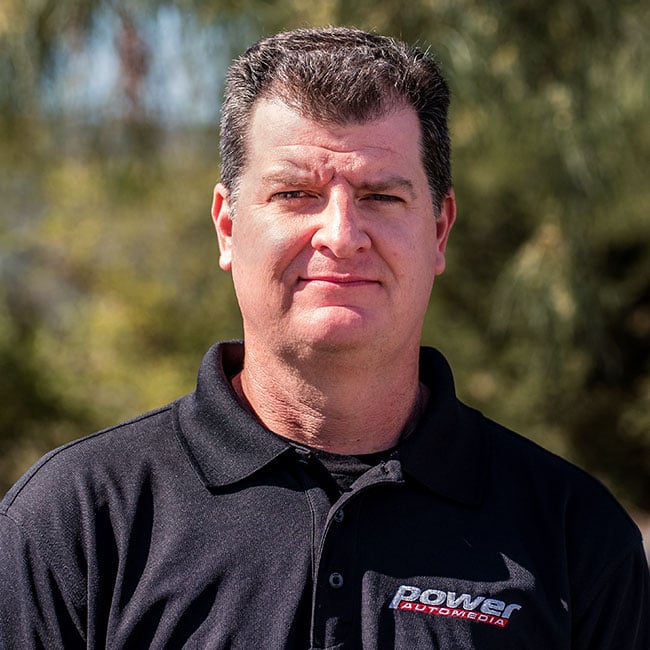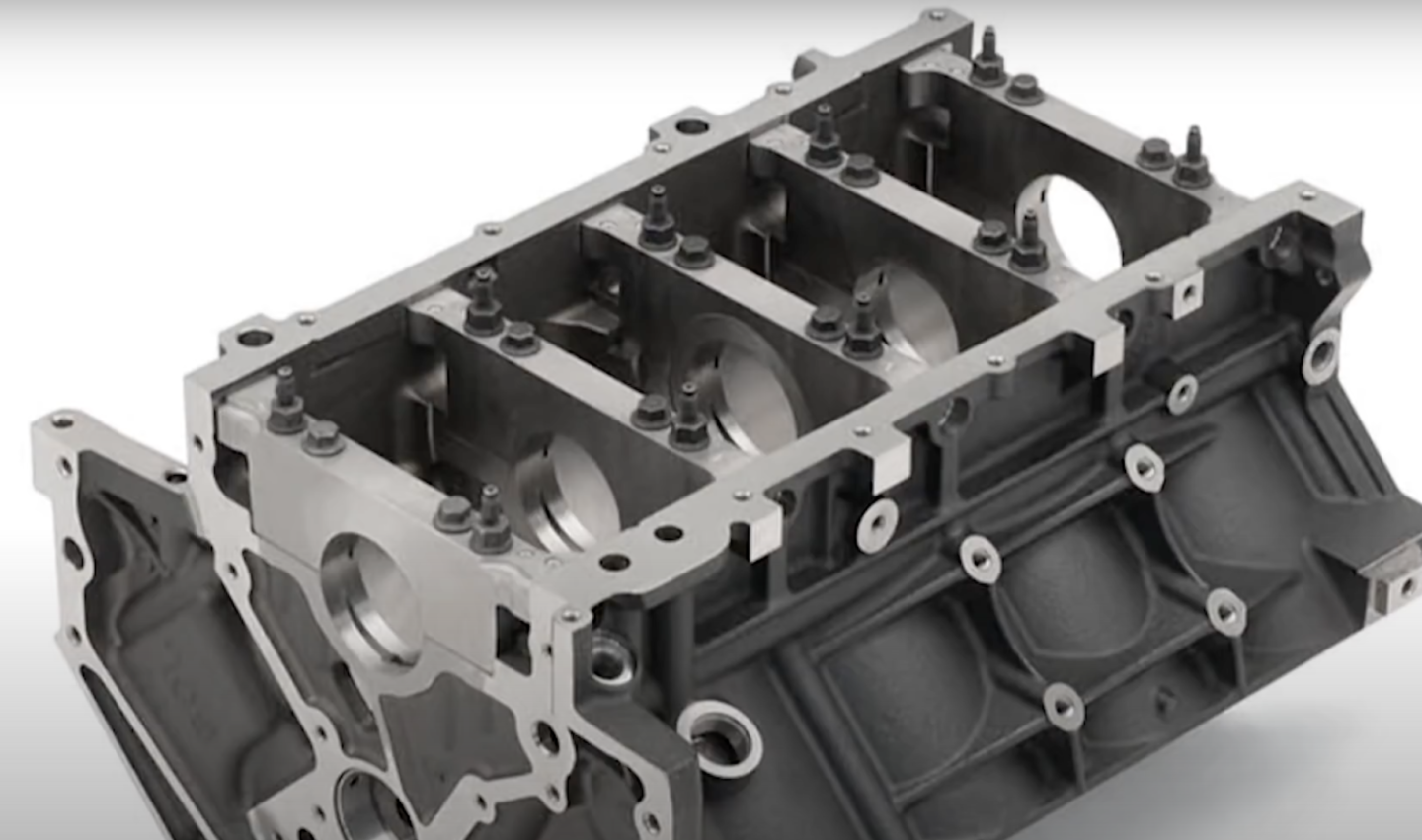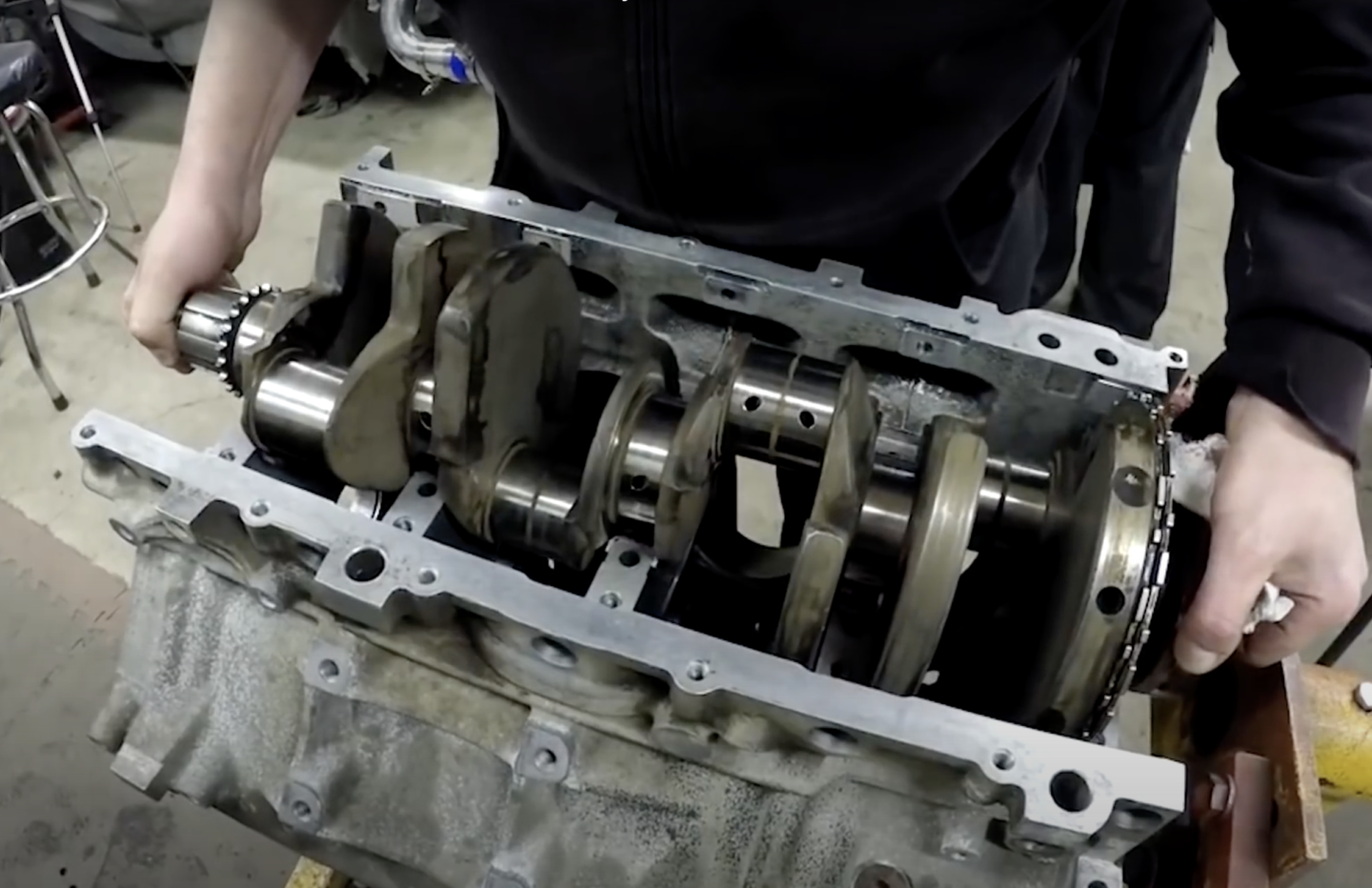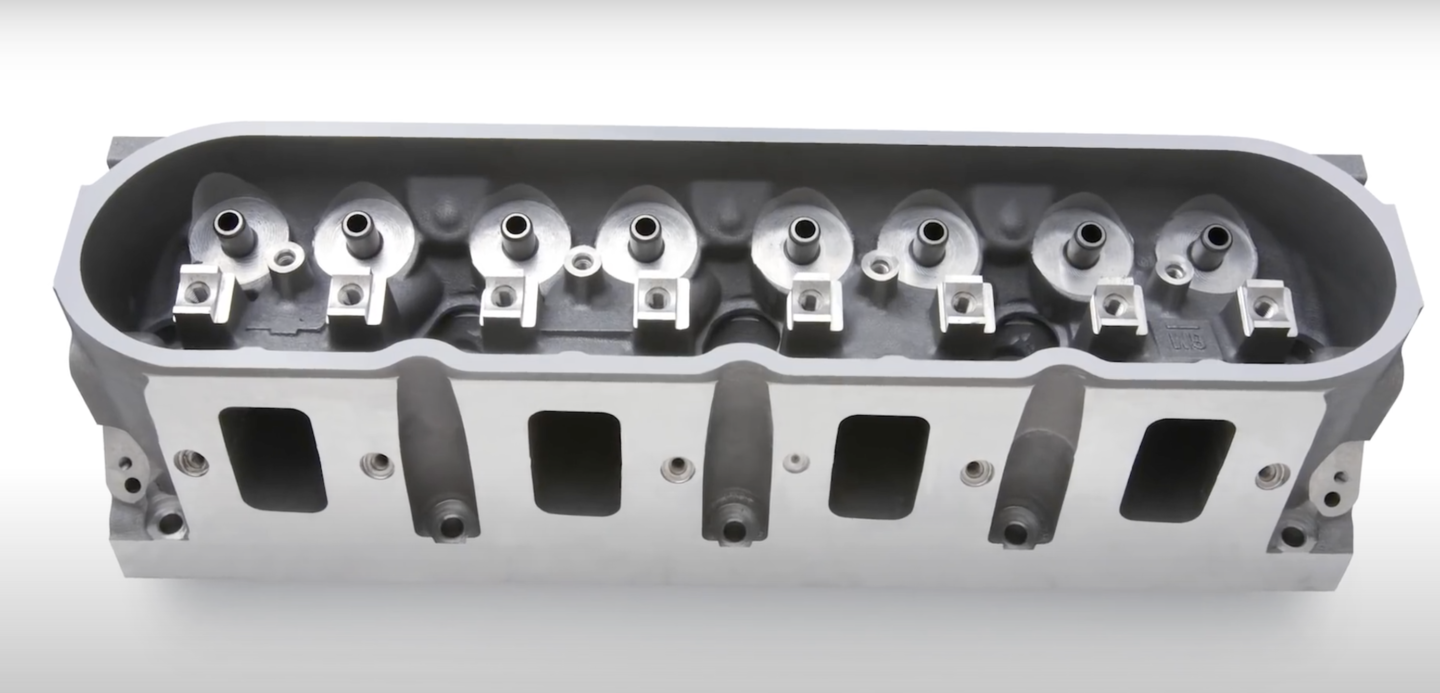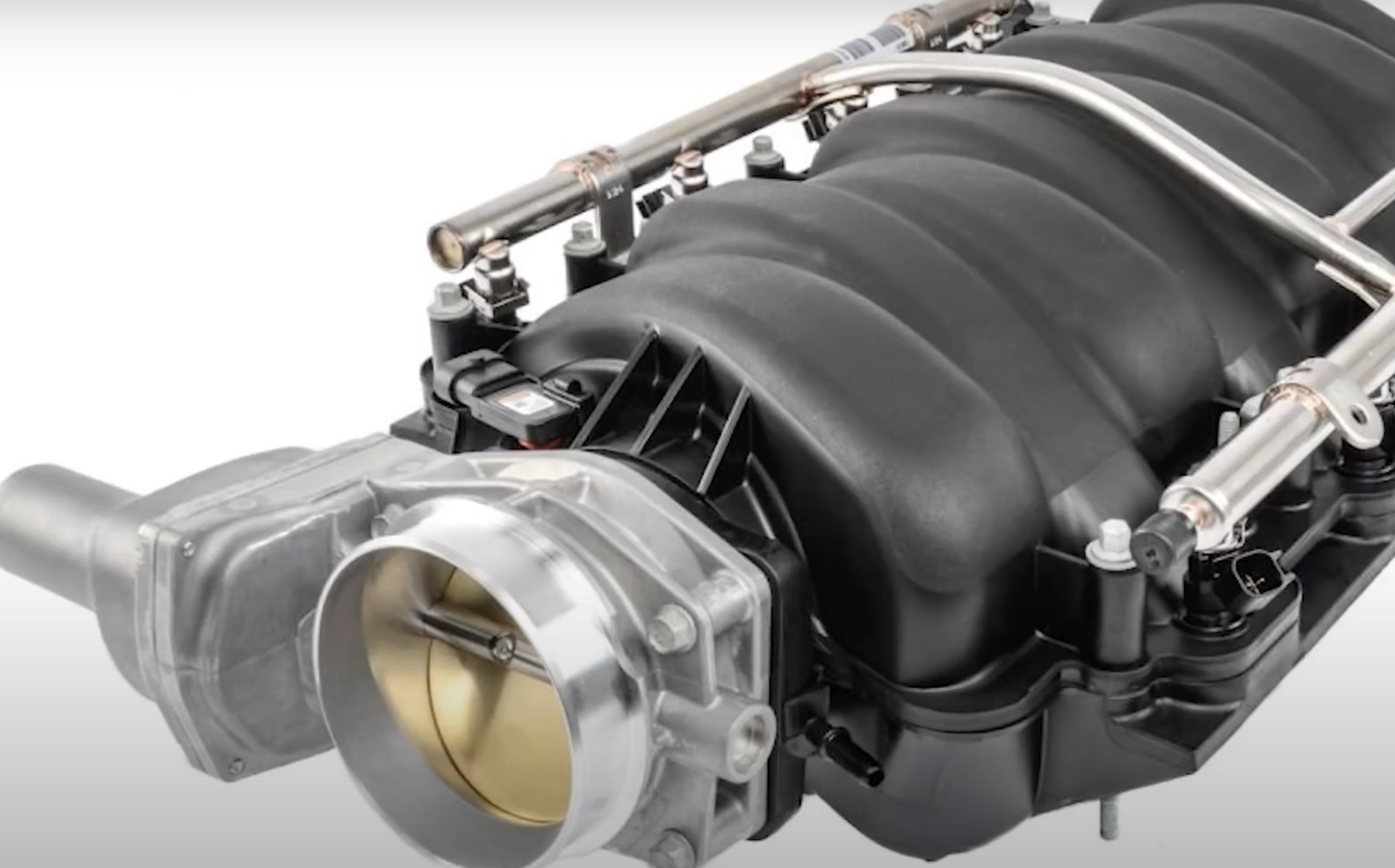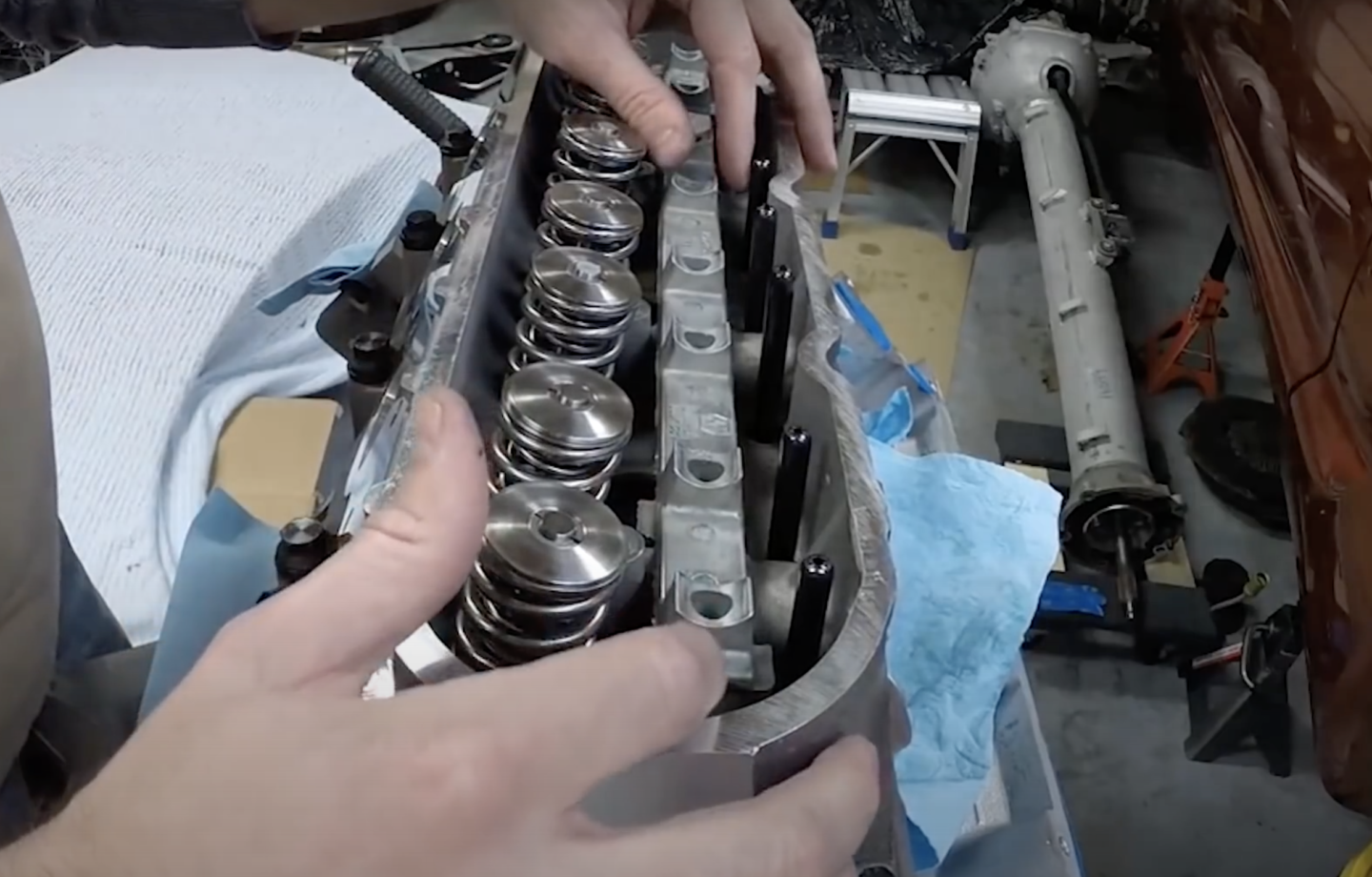There are a lot of people out there that aren’t on board with LS swaps. And while we don’t have a problem with this, mainly because that means more LS engines for us, we’re curious as to why. Maybe it’s because the modern engine is so common today that people hate the idea of swapping it in their project. Or perhaps it’s because they think that the good old 350 with a “3/4 race cam” is still a viable performance option for modern times. No matter the case, it’s always good to know your options.
If you look at these two different platforms, you may not see much of a difference at first glance especially if you remove the plastic covers from the LS. The Gen I small-block 350 and the LS1 have about the same cubic-inches, use a single camshaft, and offer two valves per cylinder. Sure, the lack of a distributor and EFI are easy to spot, but what are some other differences between these two engines?
In this video, Auto Guild walks us through some changes between the Gen I small-block and an LS. And while these engines may look similar to someone that is not familiar with the LS platform, they are vastly different. In fact, these two powerplants have several distinctions that affect performance, drivability, and longevity. We will touch on some of the changes between the two mills below, but we encourage you to watch the video as it does a great job explaining everything.
The Block
You might think that all LS blocks would be lighter than the original small-block, but that’s not the case. The original small-block Chevy weighs in at 190-pounds. And while the LS aluminum block comes in at only 115-pounds, the iron units are 215-pounds. The LS’s extra weight is related to the block strength, which is much more robust than the small-block from years ago. The LS has a skirted design, which means the sides of the engine extend down to the main caps. The main caps then bolt through the LS block, which adds rigidity to the assembly. The LS main caps also have a six-bolt design, which is superior to the small-blocks two and four-bolt.
Rotating Assembly
The stock crankshaft in an LS can handle massive amounts of power. We have seen combinations like Jack Roberts stock bottom end 4.8 LS has been above the 1,000 horsepower mark multiple times with countless 7-second passes. With a small-block, you would be doing good to make 500 horsepower with a stock crank. The LS also uses hypereutectic pistons. These pistons expand less in heat, allowing for tighter tolerances and reduced wear compared to cast units of long ago. The rods are also different in the LS versus the SBC. The LS uses powdered metal connecting rods. According to the video, they are rated up to 500-700 horsepower, while the small-block utilized die-forged steel rods, which are only rated to 480 horsepower.
Cylinder Heads
The cylinder head is where all of the magic happens for the LS platform. These heads flow much better than the original small-blocks. Most LS heads are aluminum. They all have relocated spark plugs, better chamber design, and have steam vents to prevent hot spots with the cooling system. These vents allow for cooler operation and ultimately higher compression leading to more horsepower.
Induction
The original small-block came with a cast iron intake manifold with a carburetor. While this combination still works, it’s not near as efficient as the EFI system found on the LS. Because the LS intakes are plastic, they suffer less from heat soak for a colder air charge and more horsepower.
Valve Train
The camshafts in an LS are a larger design meaning the cams are larger in diameter than those first used in the vintage Chevy’s. This allows for a smoother transition to the cam’s lobe, causing less shock on the valve train. While Chevrolet switched to roller lifters in 1987 with the small-block, all LS platforms use them. Another difference between the two is the rocker arms. The LS uses a 1.7 ratio rocker, while the standard small-block had a 1.5 ratio. The LS rockers are stiffer and lighter in design and use a stud rocker cradle, which increases rigidity, allowing for higher RPM and more stability.
In this article, we just scratched the surface of the differences between the LS and Gen I small-block engines. And while we’re not trying to convince everyone to LS swap their vehicle, we want to educate them, so they make an intelligent decision when the time comes to rebuild or swap an engine in their project.



